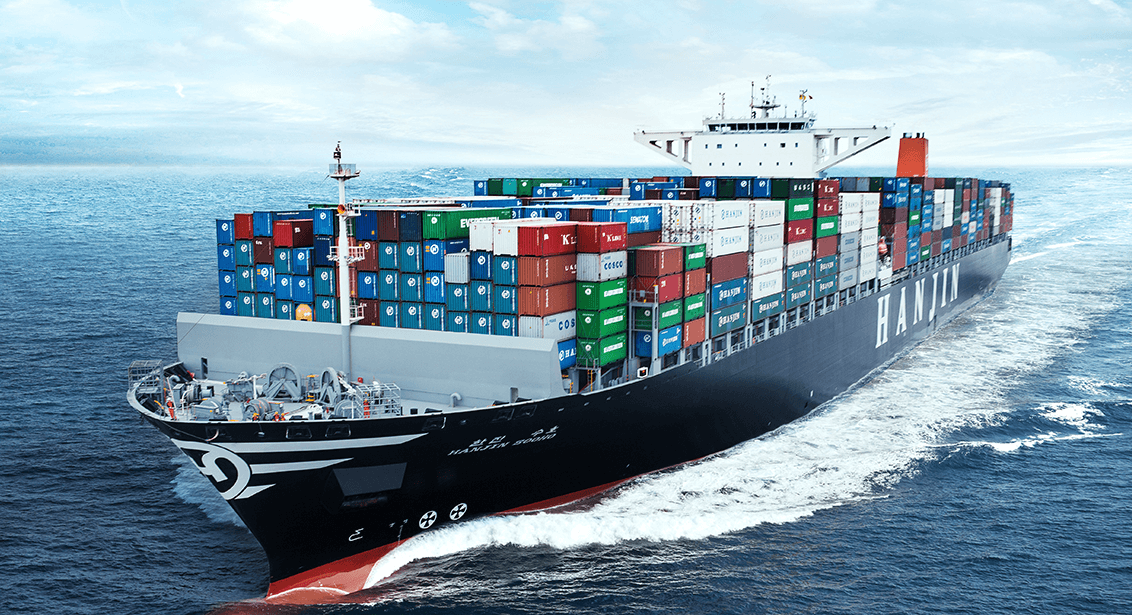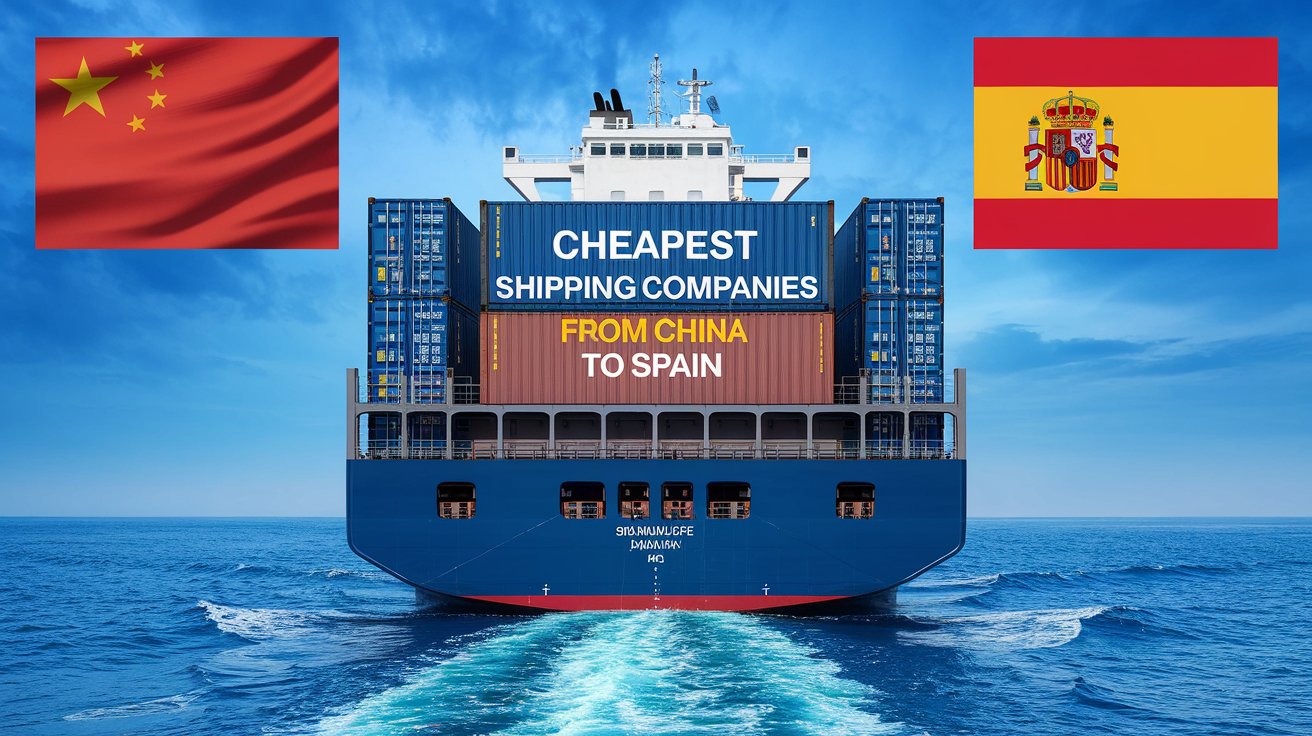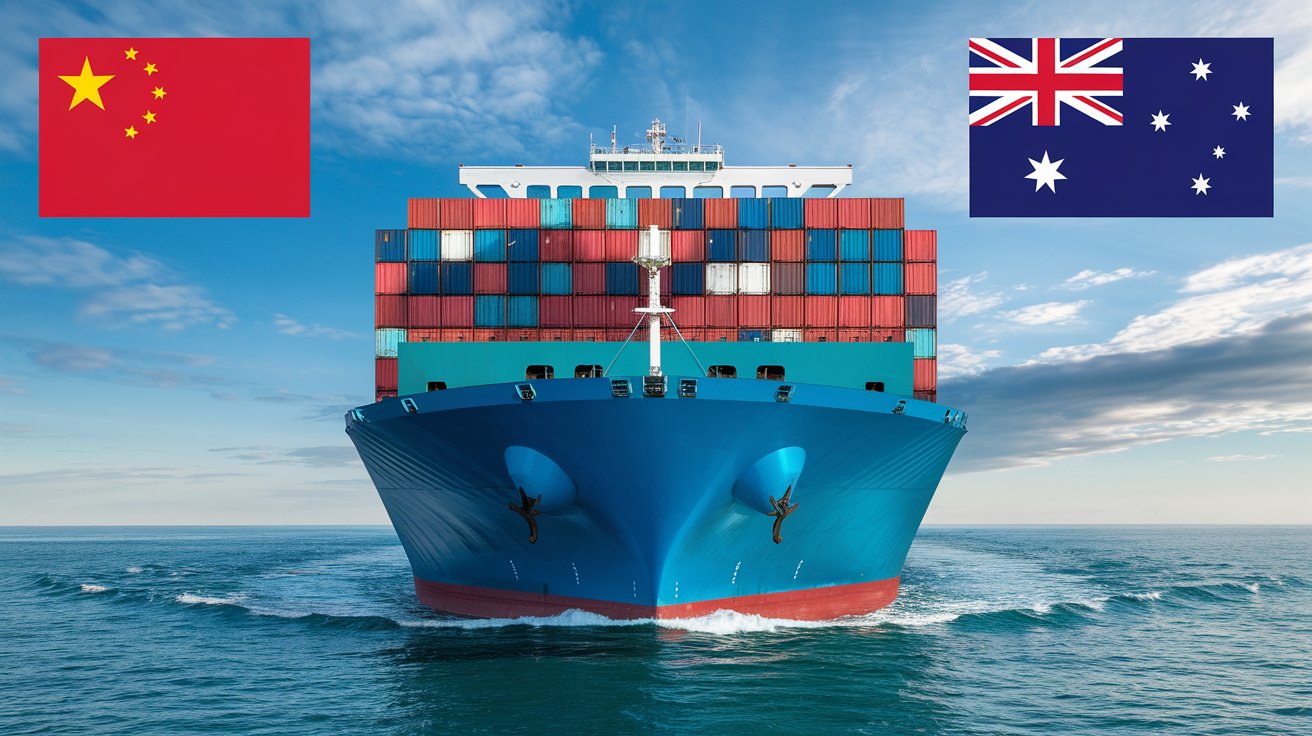The cost of shipping from China to the United States can vary depending on several factors, including the shipping method, the type of goods being shipped, the weight and volume of the cargo, and the specific service provider. Here are some factors that can influence the shipping cost:
Shipping Method:
Different shipping methods have different costs. Common methods include air freight, sea freight (container shipping or less than container load), and express courier services.
Cargo Type and Volume:
The type of goods being shipped and their volume can impact the cost. Larger or heavier shipments generally incur higher shipping fees.
Shipping Distance:
The distance between the origin in China and the destination in the United States affects transportation costs.
The shipping distance from China to the United States depends on the specific ports of origin and destination. The distance can vary based on the cities or ports involved in the shipping route. Here are some approximate distances for common port pairs between China and the United States:
Shanghai, China, to Los Angeles, USA:
Approximately 6,000 to 7,000 nautical miles (11,100 to 12,900 kilometers) for a sea route.
Shenzhen, China, to Long Beach, USA:
Approximately 7,000 to 8,000 nautical miles (12,900 to 14,800 kilometers) for a sea route.
Ningbo, China, to Seattle, USA:
Approximately 7,000 to 8,000 nautical miles (12,900 to 14,800 kilometers) for a sea route.
Tianjin (Xingang), China, to San Francisco, USA:
Approximately 6,500 to 7,500 nautical miles (12,000 to 13,900 kilometers) for a sea route.
These distances are approximate and represent the straight-line distance over the ocean. Actual shipping routes may vary, and the total distance traveled may be longer due to navigation around coastlines, avoiding obstacles, and following established shipping lanes.
For air freight, the distance will be significantly shorter as airplanes can travel more directly between airports. The exact shipping distance will depend on the departure and arrival airports.

When planning shipping routes, logistics providers and carriers consider factors such as transit time, fuel efficiency, and trade routes to determine the most cost-effective and efficient paths for cargo transport.
Carrier and Service Provider:
Different carriers and logistics service providers have varying pricing structures. Well-known international carriers include Maersk, COSCO, DHL, FedEx, UPS, and others.
Incoterms:
The chosen Incoterms (International Commercial Terms) between the buyer and seller can influence who bears the shipping costs and responsibilities.
Customs Duties and Taxes:
Import duties, taxes, and fees imposed by customs authorities can add to the overall shipping cost.
Insurance:
The decision to purchase shipping insurance to protect against loss or damage during transit will contribute to the total cost.
Seasonal and Market Factors:
Seasonal demand, market conditions, and other external factors can affect shipping rates.
Additional Services:
Additional services such as expedited shipping, door-to-door delivery, or special handling may result in higher costs.
To obtain accurate and up-to-date information on shipping costs from China to the United States, it is recommended to contact freight forwarders, shipping carriers, or logistics providers directly. They can provide detailed quotes based on specific shipment details and requirements. Additionally, using online freight calculators or obtaining quotes from multiple providers can help in comparing costs and selecting the most suitable shipping option.





















 Afrikaans
Afrikaans Shqip
Shqip አማርኛ
አማርኛ العربية
العربية Հայերեն
Հայերեն Azərbaycan dili
Azərbaycan dili Euskara
Euskara Беларуская мова
Беларуская мова বাংলা
বাংলা Bosanski
Bosanski Български
Български Català
Català Cebuano
Cebuano Chichewa
Chichewa 简体中文
简体中文 繁體中文
繁體中文 Corsu
Corsu Hrvatski
Hrvatski Čeština
Čeština Dansk
Dansk Nederlands
Nederlands English
English Esperanto
Esperanto Eesti
Eesti Filipino
Filipino Suomi
Suomi Français
Français Galego
Galego ქართული
ქართული Deutsch
Deutsch Ελληνικά
Ελληνικά Kreyol ayisyen
Kreyol ayisyen Harshen Hausa
Harshen Hausa Ōlelo Hawaiʻi
Ōlelo Hawaiʻi עִבְרִית
עִבְרִית हिन्दी
हिन्दी Hmong
Hmong Magyar
Magyar Íslenska
Íslenska Igbo
Igbo Bahasa Indonesia
Bahasa Indonesia Gaeilge
Gaeilge Italiano
Italiano 日本語
日本語 Basa Jawa
Basa Jawa ಕನ್ನಡ
ಕನ್ನಡ Қазақ тілі
Қазақ тілі ភាសាខ្មែរ
ភាសាខ្មែរ 한국어
한국어 كوردی
كوردی Кыргызча
Кыргызча ພາສາລາວ
ພາສາລາວ Latin
Latin Latviešu valoda
Latviešu valoda Lietuvių kalba
Lietuvių kalba Lëtzebuergesch
Lëtzebuergesch Македонски јазик
Македонски јазик Malagasy
Malagasy Bahasa Melayu
Bahasa Melayu മലയാളം
മലയാളം Maltese
Maltese Te Reo Māori
Te Reo Māori मराठी
मराठी Монгол
Монгол ဗမာစာ
ဗမာစာ नेपाली
नेपाली Norsk bokmål
Norsk bokmål پښتو
پښتو فارسی
فارسی Polski
Polski Português
Português ਪੰਜਾਬੀ
ਪੰਜਾਬੀ Română
Română Русский
Русский Samoan
Samoan Gàidhlig
Gàidhlig Српски језик
Српски језик Sesotho
Sesotho Shona
Shona سنڌي
سنڌي සිංහල
සිංහල Slovenčina
Slovenčina Slovenščina
Slovenščina Afsoomaali
Afsoomaali Español
Español Basa Sunda
Basa Sunda Kiswahili
Kiswahili Svenska
Svenska Тоҷикӣ
Тоҷикӣ தமிழ்
தமிழ் తెలుగు
తెలుగు ไทย
ไทย Türkçe
Türkçe Українська
Українська اردو
اردو O‘zbekcha
O‘zbekcha Tiếng Việt
Tiếng Việt Cymraeg
Cymraeg יידיש
יידיש Yorùbá
Yorùbá Zulu
Zulu